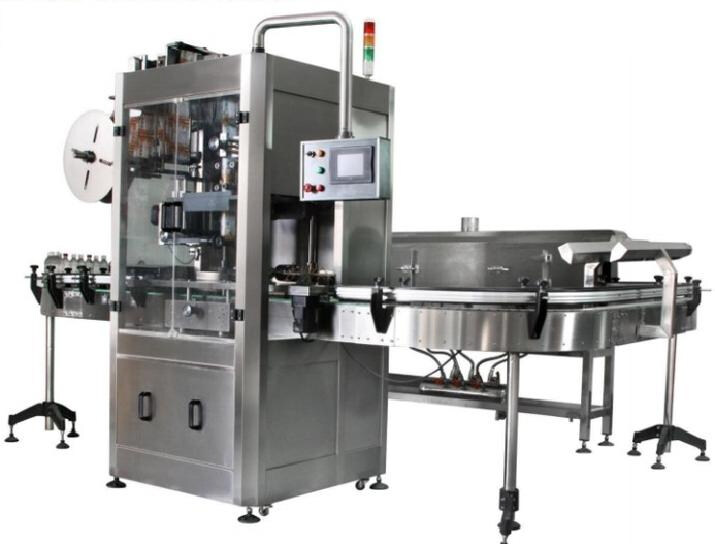Understanding Label Batch Coding Machines
Introduction
Label batch coding machines are vital components in various industries, playing a crucial role in product identification, traceability, and quality control. These machines are used to print information such as labels, batch codes, production dates, and barcodes on packaging materials. In this blog, we will explore what label batch coding machines are, how they work, their applications, how they handle different packaging materials, and how they ensure the accuracy and consistency of printed information.
What are label batch coding machines?
Label batch coding machines are automated devices designed to imprint essential information on product packaging. This information typically includes production dates, batch numbers, expiration dates, ingredient lists, barcodes, and more. These machines come in various types and use different technologies to achieve accurate printing.
How do label batch coding machines work?
Label batch coding machines use several printing technologies, including inkjet printing, thermal transfer printing, inkjet conveyor systems, and laser engraving. The choice of technology depends on the specific requirements of the application. Here is a brief overview of some common working principles:
1. Inkjet Printing: Inkjet printers use tiny nozzles to spray ink onto the packaging material. These printers can create high-resolution prints and are suitable for various surfaces.
2. Thermal Transfer Printing: This method involves using a heated printhead to transfer ink from a ribbon onto the packaging material. It is widely used for flexible packaging.
3. Inkjet Conveyor Systems: These machines are integrated into production lines and print directly on products as they move along a conveyor belt. They are commonly used for coding on bottles, cans, or cartons.
4. Laser Engraving: Laser coding machines use a focused laser beam to mark packaging materials. They are precise and are often used for permanent markings on metals and plastics.
Applications of Label Batch Coding Machines
Label batch coding machines have a wide range of applications in various industries, including:
1. Pharmaceuticals: ensuring accurate labelling of medication packages, including batch numbers, expiration dates, and drug information.
2. Food and Beverage: Printing production and expiry dates on food packages, ensuring consumer safety and compliance with regulations.
3. Manufacturing: coding parts and products for traceability and quality control, including automotive, electronics, and machinery manufacturing.
4. Cosmetics and Personal Care: Marking cosmetic containers with essential information, such as ingredients and usage instructions.
5. Chemicals and Petrochemicals: Labelling hazardous material containers with safety information, batch codes, and handling instructions
Handling Different Packaging Materials
Label batch coding machines are versatile and can handle various packaging materials. They are equipped with adjustable settings and compatible consumables to accommodate the following packaging materials:
1. Plastic: Inkjet and thermal transfer technologies work well on plastic materials commonly used for bottled beverages, cosmetics, and more.
2. Paper: These machines can print on paper packaging, such as cartons and cardboard boxes.
3. Metal: Laser engraving is ideal for marking metal packaging like cans or metal containers in the food industry.
4. Glass: Inkjet printing is suitable for glass containers commonly used for pharmaceuticals and beverages.
Ensuring Accuracy and Consistency
Maintaining the accuracy and consistency of printed information is paramount in industries where product identification and traceability are critical. Label batch coding machines employ several strategies to achieve this:
1. Predefined Settings: Operators input the necessary information and settings into the machine, reducing the risk of human error during the printing process.
2. Quality Control Sensors: Many machines are equipped with sensors that verify the quality of each print, ensuring that the information is legible and complete.
3. Data Management Systems: Some machines are integrated with data management systems that provide real-time data and tracking capabilities, enhancing the accuracy and traceability of printed information.
4. Maintenance and Calibration: Regular maintenance and calibration of the machine components, such as printheads and ink systems, ensure consistent print quality.
Conclusion
Label batch coding machines are essential tools for ensuring product traceability, quality control, and compliance with industry regulations. These versatile machines come in different types, work on various packaging materials, and employ a range of technologies to achieve accurate and consistent printing. In today's highly regulated industries, the role of label batch coding machines is more critical than ever, ensuring that consumers receive safe and accurately labelled products.


